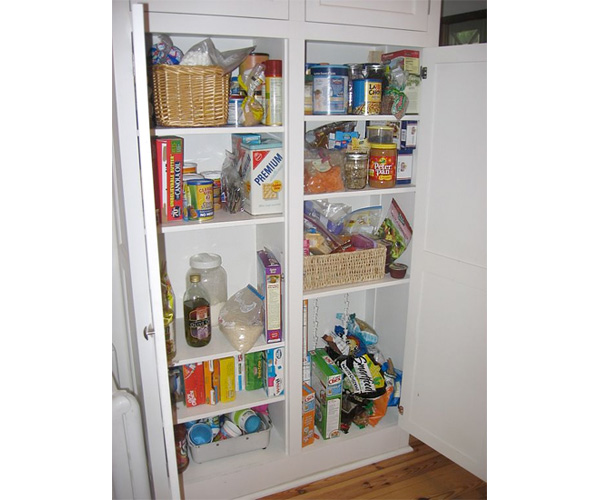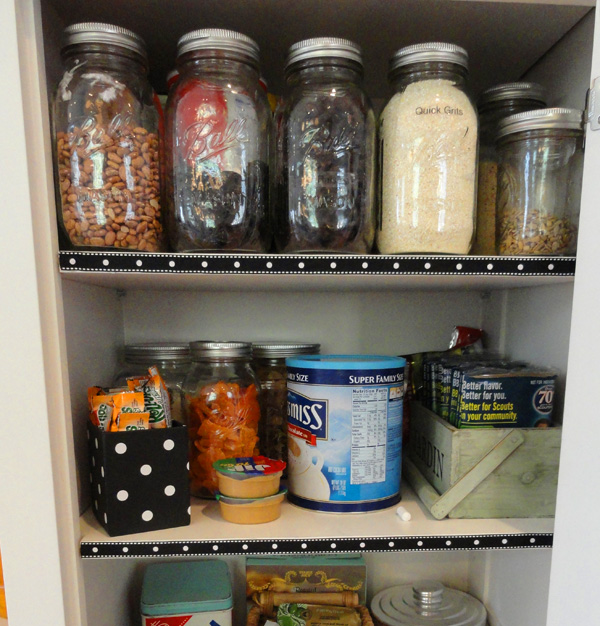What to look (and listen) for
In each room, look around and take stock of what needs fixing or improving. Focus on small, quick-hit changes, not major redos. Here are some likely suspects:
1. Sagging towel rack or wobbly toilet tissue holder. Unscrew the fixture and look for the culprit. It’s probably a wimpy, push-in type plastic drywall anchor. Pull that out (or just poke it through the wall) and replace it with something more substantial. Toggle bolts are strongest, and threaded types such as E-Z Ancor are easy to install.
2. Squeaky door hinges. Eliminate squeaks by squirting a puff of powdered graphite ($2.50 for a 3-gram tube) alongside the pin where the hinge turns. If the door sticks, plane off a bit of the wood, then touch up the paint so the surgery isn’t noticeable.
3. Creaky floor boards. They’ll shush if you fasten them down better. Anti-squeak repair kits, such as Squeeeeek No More ($23), feature specially designed screws that are easy to conceal. A low-cost alternative: Dust a little talcum powder into the seam where floorboards meet — the talcum acts as a lubricant to quiet boards that rub against each other.
4. Rusty shutoff valves. Check under sinks and behind toilets for the shutoff valves on your water supply lines. These little-used valves may slowly rust in place over time, and might not work when you need them most. Keep them operating by putting a little machine oil or WD-40 on the handle shafts. Twist the handles back and forth to work the oil into the threads. If they won’t budge, give the oil a couple of hours to penetrate, and try again.
5. Blistered paint on shower ceilings. This area gets a lot of heat and moisture that stresses paint finishes. Scrape off old paint and recoat, using a high-quality exterior-grade paint. Also, be sure everyone uses the bathroom vent when showering to help get rid of excess moisture.
6. Loose handles or hinges on furniture, cabinets, and doors. You can probably fix these with a few quick turns of a screwdriver. But if a screw just spins in place, try making the hole fit the screw better by stuffing in a toothpick coated with glue, or switching to a larger screw.
Safety items
You know those routine safety checks you keep meaning to do but never have the time? Now’s the time.
7. Carbon monoxide and smoke detectors. If you don’t like waking up to the annoying chirp of smoke detector batteries as they wear down, do what many fire departments recommend and simply replace all of them at the same time once a year.
8. Ground-fault circuit interrupter (GFCI) outlets. You’re supposed to test them once a month, but who does? Now’s a great time. You’ll find them around potentially wet areas — building codes specify GFCI outlets in bathrooms, kitchens, and for outdoor receptacles. Make sure the device trips and resets correctly. If you find a faulty outlet, replace it or get an electrician to do it for $75 to $100.
9. Exhaust filter for the kitchen stove. By washing it to remove grease, you’ll increase the efficiency of your exhaust vent; plus, if a kitchen stovetop fire breaks out, this will help keep the flames from spreading.
10. Clothes dryer vent. Pull the dryer out from the wall, disconnect the vent pipe, and vacuum lint out of the pipe and the place where it connects to the machine. Also, wipe lint off your exterior dryer vent so the flap opens and closes easily. (You’ll need to go outside for that, but it’s quick.) Remember that vents clogged with old dryer lint are a leading cause of house fires.
11. Drain hoses. Inspect your clothes washer, the dishwashers, and the icemaker. If you see any cracks or drips, replace the hose so you don’t come home to a flood one day.
12. Electrical cords. Replace any that are brittle, cracked, or have damaged plugs. If you’re using extension cords, see if you can eliminate them — for example, by replacing that too-short lamp cord with one that’s longer. If you don’t feel up to rewiring the lamp yourself, drop it off at a repair shop as you head out to shop for your repair materials. It might not be ready by the end of the day. But, hey, one half-done repair that you can’t check off is no big deal, right?
 Mallory of Classy Clutter fit a rolling pantry in the 6-inch space between her refrigerator and wall. All images in this post: Classy Clutter
Mallory of Classy Clutter fit a rolling pantry in the 6-inch space between her refrigerator and wall. All images in this post: Classy Clutter






 Since she moves often, Christy Black wanted her pantry to be functional, reversible, and whimsical. All images in this post: Christy at
Since she moves often, Christy Black wanted her pantry to be functional, reversible, and whimsical. All images in this post: Christy at 




 If your children snoop for presents, consider hiding gifts in the trunk of your car — kids will never think to look there.
If your children snoop for presents, consider hiding gifts in the trunk of your car — kids will never think to look there.
